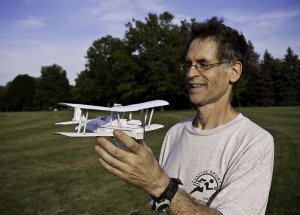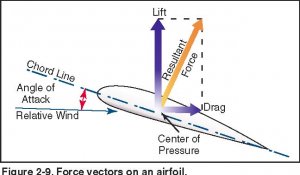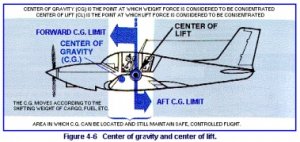First flight test of the rebuild today.
Decided the weather was too good not to try taking the model up. :mrgreen:Barely perceptible winds, gusting to maybe 1-2 mph. I taped down the hood for the first flight and charged the battery. Did a quick check, put the plane in a box and drove off to my local park about 5 min from my house. :car1:Flat, grassy, with a good wind shadow. Useful flying area of about 150 X 150 m, give or take. I'm on a soccer pitch, houses to my left, trees ahead, parking lot to the right.
Immediately ran into a problem when I got there - the ESC wasn't recognizing the motor. :v8:Turned out a motor lead had come loose - I think the prop may have banged into the box on the trip over. I had to travel back home to figure this out and fix it.
So, it's about 6:00 PM when I get back to the field. The wind had actually picked up a bit, but is still very gentle. I'm doing the hand launch solo, Tx in my left hand, plane in my right. I make 3 attempts, and the plane stalls out each time before I can get my hands firmly on the joysticks. I can' dial in enough trim with the slider switch to compensate. The model tends to roll off to the right,

I think this is direct engine torque, which seems to dominate the prop wash that bedeviled me when I tried indoor runway takeoffs.
The crashes are surprisingly gentle, the first two hit tail first, the third noses in hard enough to slip the prop up the shaft. I think I almost got this one under control. The engine still runs perfectly when I pull the prop back into position. The motor mount holds and the only damage is a small tear in the fuselage aft of the lower wing.
Repairs will be trivial.
So, I consider this exercise a useful failure. Lesson 1, the motor pulls hard but the model is tail heavy. Looks like I'm going to have to ballast the nose a bit. Not sure how much, maybe a gram full forward? Lesson 2, the model is really very sturdy. It can't handle plowing into a gymnasium wall, but grass is a lot more forgiving. Lesson 3, have somebody else toss the model until I get balance issues better resolved. I'm going to reconfigure the elevator horns to get more elevator deflection. Rudder authority is good.
I met an RC enthusiast who ran out of his house to watch the show. He, was very interested in the whole concept, and ran back into his house to get his digital camera. Nice fellow, ex-Navy, served on the submarine Nautilus! So I'll get some post crash stills to post.





